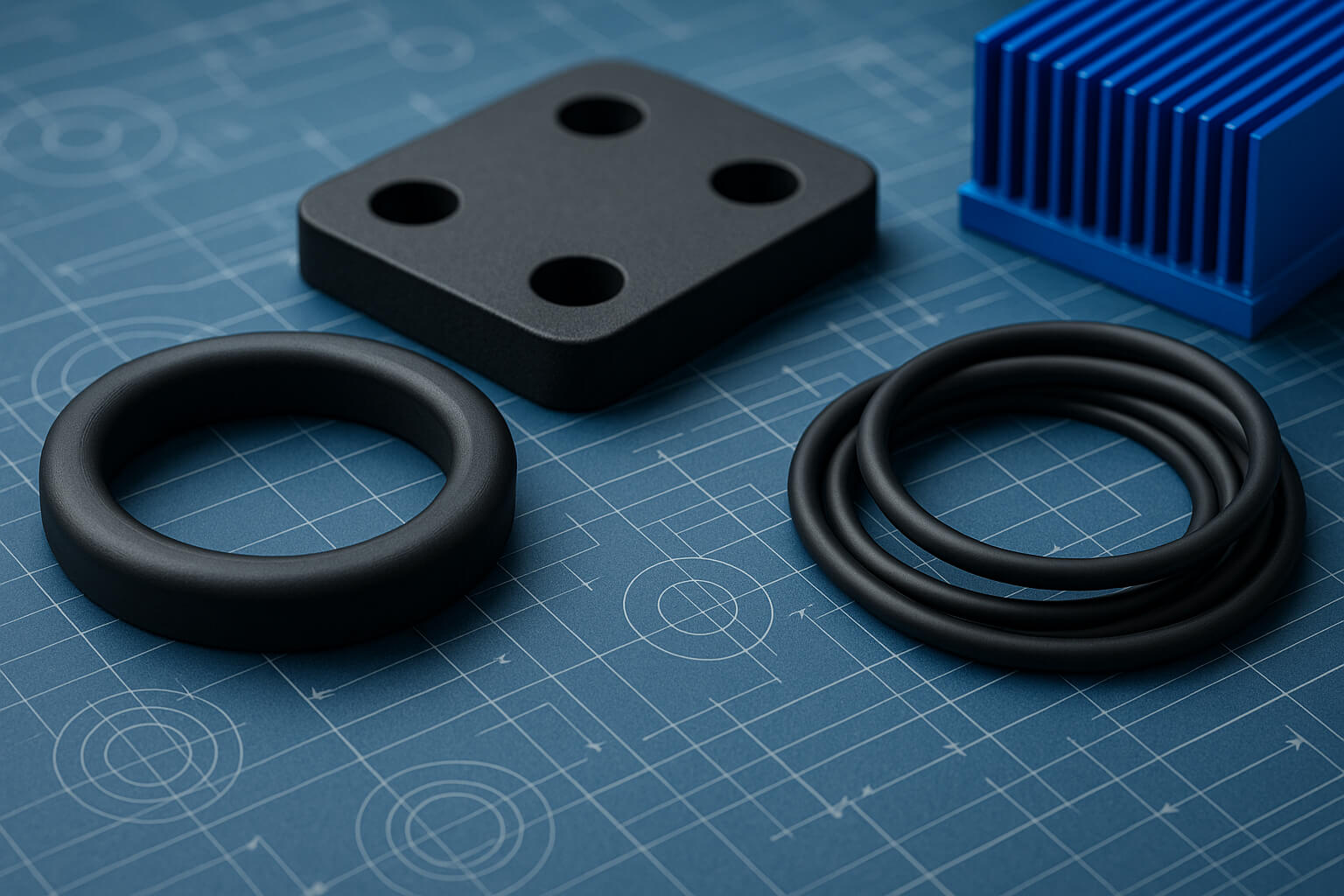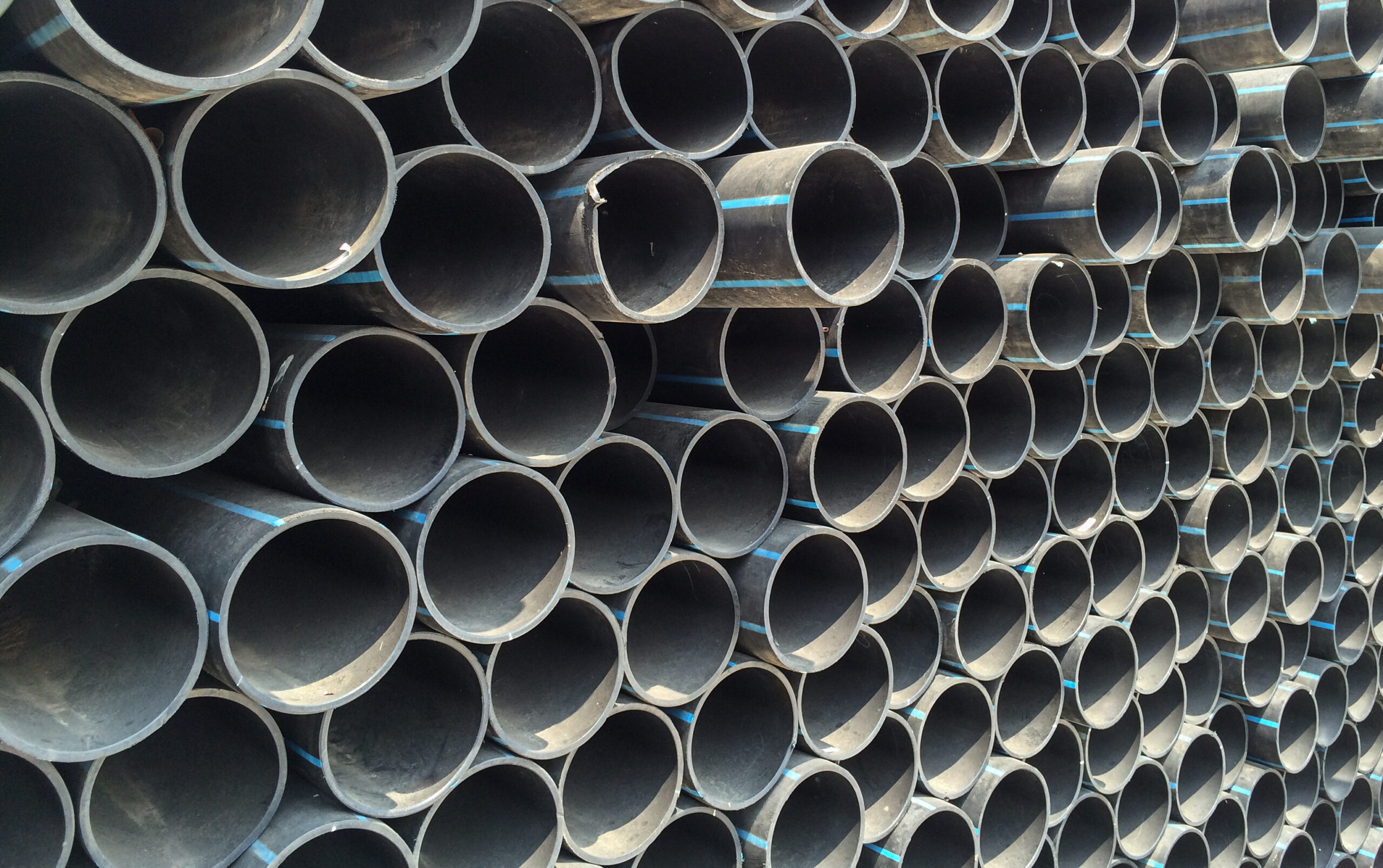
Silicone elastomers are essential materials in modern engineering, providing flexibility, durability and high-performance capabilities across various industries. Their compressibility, combined...

Easily machinable, relatively inexpensive, and compatible with other materials, polyethylene (PE) is hugely popular in the manufacturing industry. It comes in various forms, but the most popular are high-density polyethylene (HDPE) and low-density polyethylene (LDPE). Both thermoplastic materials have transformed the packaging, printing, and product component sectors, but they differ in properties and uses.
Sur-Seal offers top-rated die-cut plastic materials for virtually every industry nationwide, including agricultural, automotive, telecommunications, medical, and more. In this post, we explain the difference between high versus low-density polyethylene and the various applications of LDPE and HDPE, providing a plastic industry guide to help manufacturers choose the suitable PE material for their specific needs and projects.
Polyethylene is a thermoplastic polymer widely used in various industries. Renowned for its chemical resistance, moisture barrier properties, and excellent electrical insulation qualities, PE’s lightweight nature and simple processing make it easy to see why it’s prevalent in many manufacturing applications.
Industries like packaging, construction, automotive, and consumer goods heavily rely on PE for plastic bags, bottles, pipes, and insulation materials. Its inert nature makes it suitable for food and medical applications, and its recyclability and environmental compatibility make it a sustainable choice for many sectors.
HDPE offers superior strength and stiffness, as well as chemical, moisture, and heat resistance. It’s often used for automotive components like fuel tanks and battery cases, climate control systems like air conditioning ducts, and healthcare products like pharmaceutical packaging and medical devices.
LDPE is widely known for its flexibility, transparency, and excellent moisture barrier properties. It’s a popular choice for industries such as telecommunications, where it insulates cables and wires; electrical sealing, which protects components from moisture and contaminants; and industrial solutions like pipe and flange protection.
Need more information on LDPE versus HDPE and which option is best for your application? Since 1940, Sur-Seal has provided multiple industries nationwide with PE solutions suited for various applications. Whatever your requirements, we’re here to help you meet them. We also offer custom-cut foam and durable custom-cut silicone solutions that are second to none.
If you’re looking for high-quality HDPE and LDPE components for your business, contact us at 513-574-8500.